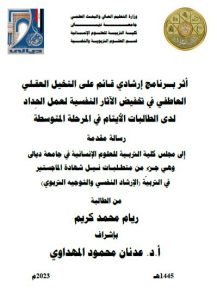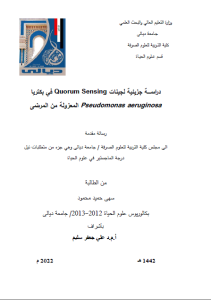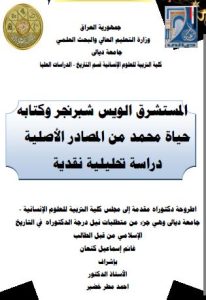Summery
In this study we propose a new open mesh hernia repair procedure for the treatment of inguinal hernias in adults by using a new shape of mesh ,smaller in size and also different technique from the usual clasical procedure in inguinal hernia repair which aim to improve patients' comfort and to reduce the incidence of chronic neuralgia.
This hernio plasty technique respects the inguinal canal anatomy with the use of smaller mesh, and appears to escape neuralgia with maximum comfort for the patients.
A comparative study was designed to study the outcome of different mesh used in the hernia operations at Baaquba teaching hospital total number of 130 patient were recorded in the period extended from 1st of May 2019 to end of March 2020. The primary unilateral inguinal hernia patients were enrolled and they underwent the “all-in-one” mesh hernioplasty technique. An enrolled patients were distributed into two groups . hernia patients operated with all in one technique which named group A ( n=65) and group B contain patients operated with classical technique ,(n=65)
Group A contain 65 male patients. Group B contain 65 male patients. So, in both the group comparable number of patients were enrolled for the unbiased comparison. In the group A about 40(63.79%) and 25 (26.21%) patients showed right inguinal hernia (RIH) and left inguinal hernia (LIH), respectively. In the group B about 38 (58.46%) and 27 (41.54%) patients showed right and left inguinal hernia, respectively.. After the operation, the pain was monitored for 1 week. Mild pain was reported by the 50 (76.92%) and 49 (75.39%) patients from A and B groups, respectively. Moderate pain was reported by the 5 (7.69%) and 15 (23.08%) patients from the A and B groups, respectively. About 10 (15.39%) and 1 (1.54%) patients reported no post operative pain from A and B groups, respectively. 5 (7.69%) from group A individuals were needed analgesics. 25 (38.46%) from group B individuals were needed analgesics. Post operative parameters such as urinary retention, bruising genetalia, seroma and wound infection were recorded. 1 (1.54%) and 10 (15.39%) patients showed urinary retention in the A and B groups, respectively. 3 (4.62%) and 11 (16.92%) patients showed bruizing genetalia in the A and B groups , respectively. 1 (1.54%) and 13 (20.00%) patients showed seroma after surgery in the A and B group, respectively. Wound infection was reported by only 4 (6.15%) individuals from group B. In the small size mesh used patient group, 3 (04.62%) individuals reported to have slight pain in the 1st week. The number of pain reporting individuals gets decreased until the 3rd month. At the end of the study, all the patients showed pain free activity. Group B also showed a similar trend as group A. In the 1 week, around 20 (30.78%) individuals reported to have slight pain. After 1 month, the individuals reported pain were decreased to 10 (15.39%). Group A patients showed maximum recovery rate (100%) than group B (96.92%).
The study can be concluded as in the each group A patients showed less post operative pain, less need for analgesia, less urinary retention, bruising genitalia and seroma. Group A patients showed a maximum recovery rate (100%) than group B (96.92%).





